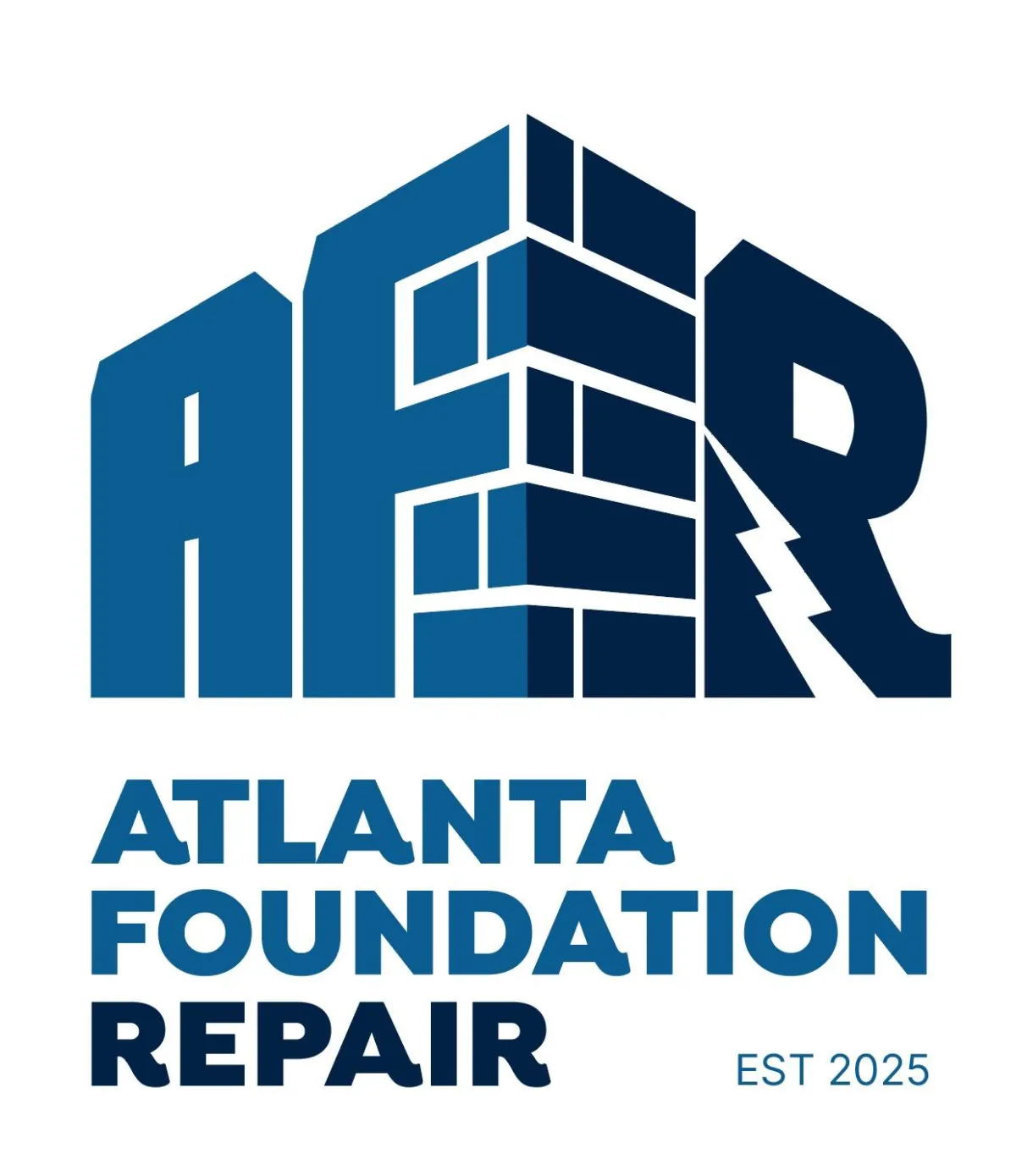Atlanta, GA
Collapsing Walls in Atlanta, GA
How Walls Reach a Collapsing State
Collapsing foundation walls are the result of severe and prolonged structural stress. What may begin as small cracks or slight bowing can, over time, progress to a point where the wall loses its ability to resist loads altogether. When the wall can no longer support the soil behind it or the structure above, sections can shift, crumble, or even fail suddenly.
Conditions That Lead to Wall Collapse
A wall does not collapse from a single event in most cases. It is usually the end result of multiple issues—pressure, deterioration, and prior damage—working together over years.

Extreme Hydrostatic and Soil Pressure
Highly saturated soil exerts strong inward pressure. When combined with heavy clay or poor drainage, this pressure can reach levels the wall was never designed to withstand.

Long-Term Material Deterioration
Concrete, mortar, and masonry units can break down over time due to moisture, freeze-thaw cycles, and chemical reactions. As the material weakens, it loses its load-bearing capacity.

Existing Cracks and Bowing
Cracks and bowing walls are early warning signs. If not addressed, these conditions concentrate stresses in certain areas, making them more likely to fracture or buckle.

Construction or Backfill Errors
Walls that were too thin, lacked reinforcement, or were backfilled with improperly compacted soil may start life at a disadvantage, making them more vulnerable to failure.

Heavy Loads Near the Wall
Large vehicles, storage, or structures built close to the foundation add weight and increase the lateral and vertical forces acting on the wall.
Signs a Wall May Be Approaching Collapse
Before a wall actually fails, it usually shows very obvious distress signals:
Walls bowing dramatically inward to the point of being visibly curved
Large, continuous horizontal cracks that run along the length of the wall
Deep stair-step cracks that widen with time in block or brick walls
Portions of the wall tilting inward or outward at the top or bottom
Sections of the wall that appear to have shifted out of place or are misaligned
Loose, crumbling, or disintegrating blocks, bricks, or mortar joints
Gaps forming between the wall and the floor or between the wall and framing above
Visible daylight through cracks or openings in the wall
Sudden cracking, popping, or snapping noises coming from the wall area
Significant water intrusion through new or expanding gaps in the wall
Our Services
Helpful Links
Contact Information
Phone:
Business Hours:
Mon - Fri: 8:00 am - 5:00 pm
Sat - Sun : Closed
service areas
© 2025 All Rights Reserved | Atlanta Foundation Repair
